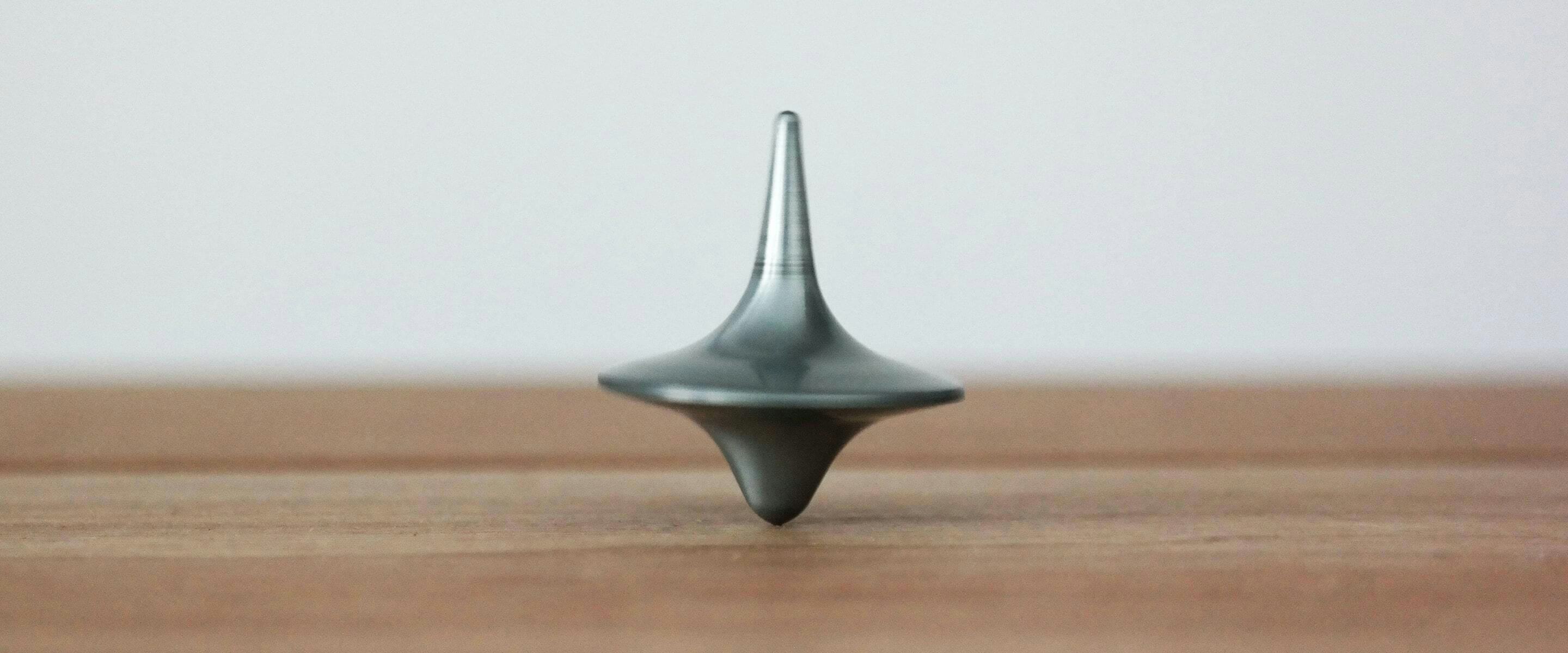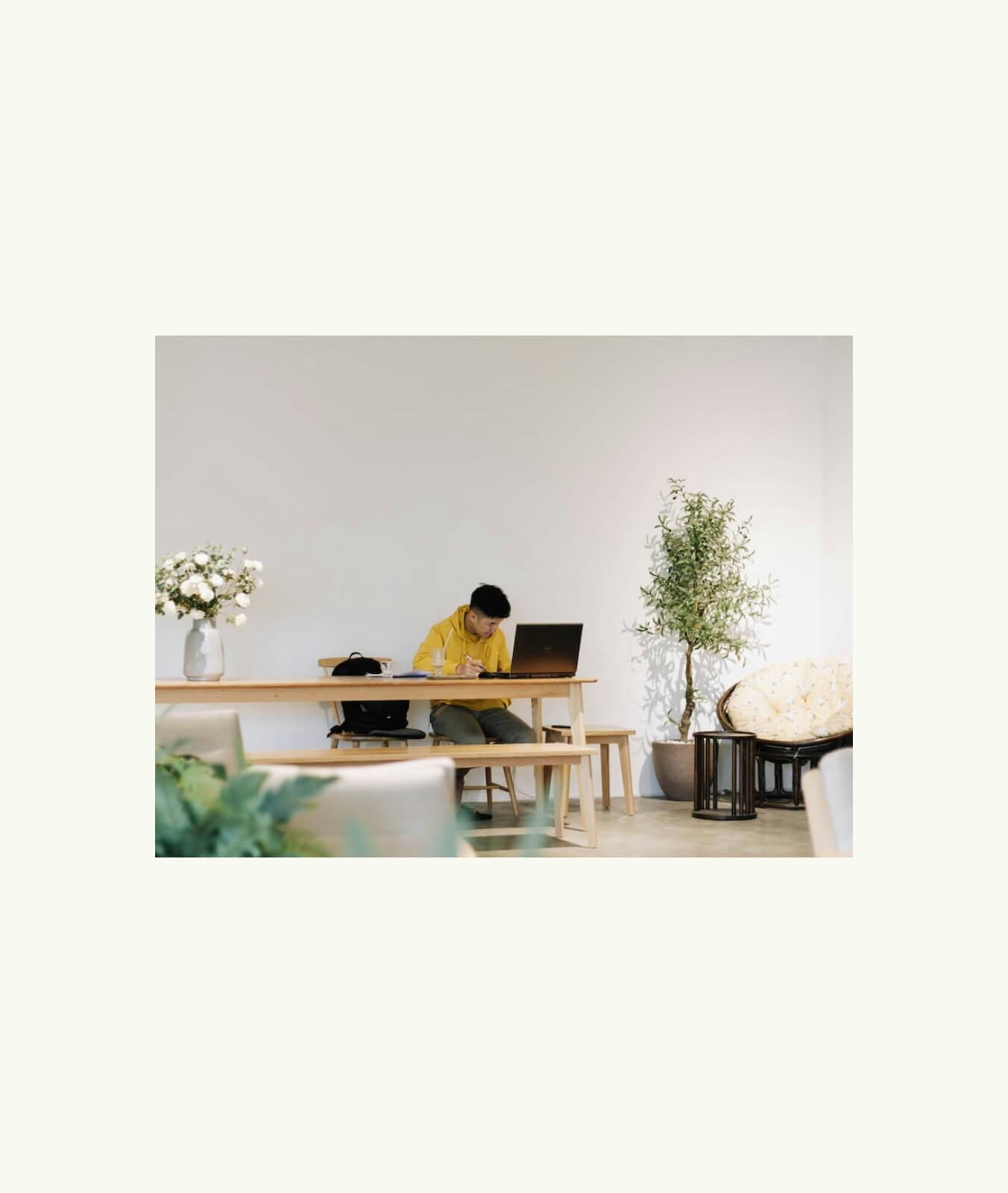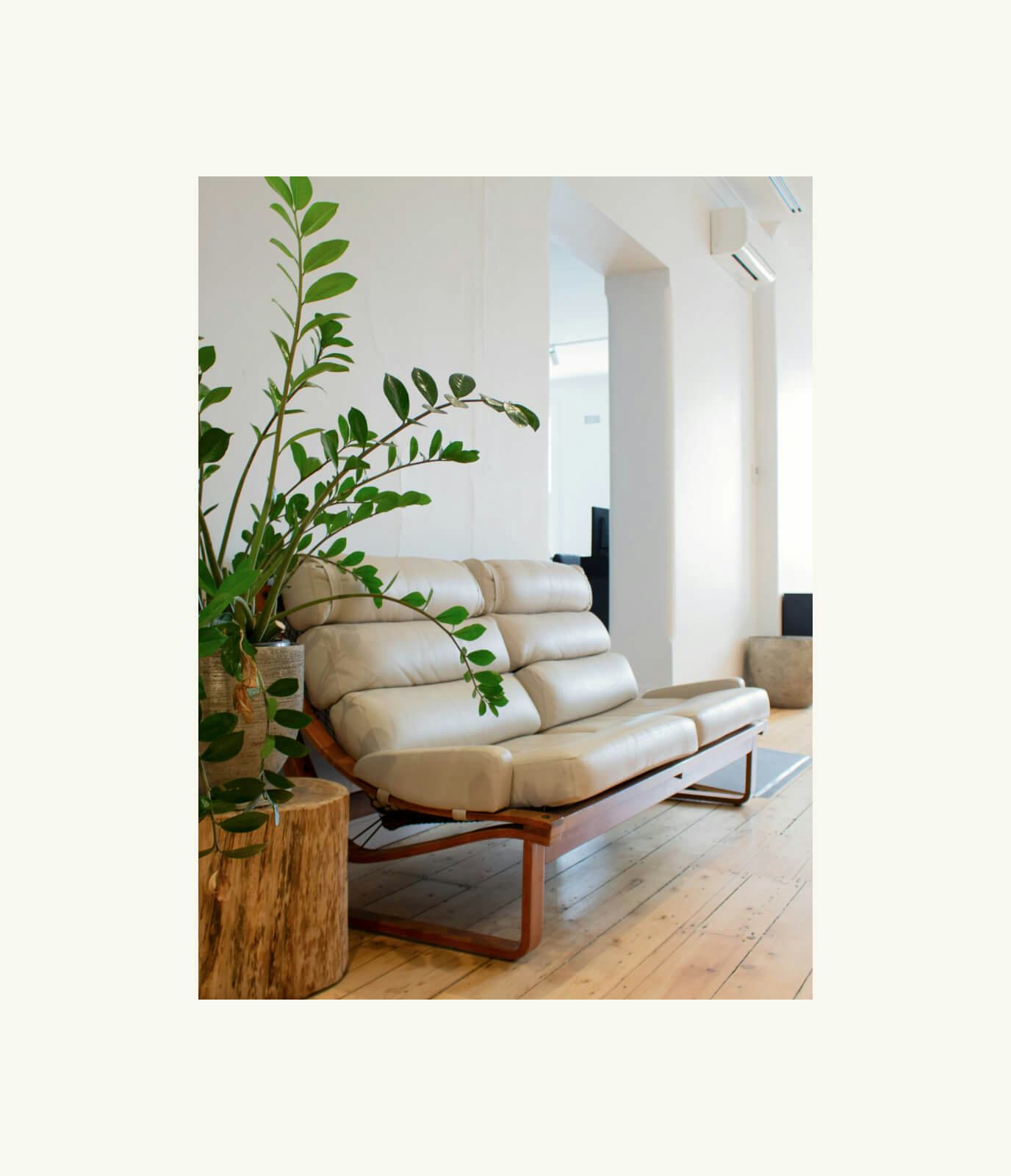The new Hybrid model: WFH is out, WFA is in

More and more, employees are turning away from the 9 to 5 model and instead looking for workplaces that offer them a genuine work-life balance.
Workplace flexibility has become a bit of a buzzword in recent years, and its popularity has become even more prevalent since the recent period of COVID lockdowns. More and more, employees are turning away from the 9 to 5 model and instead looking for workplaces that offer them a genuine work-life balance.
One of the biggest signals of this has been the rise of the hybrid working model, with the many businesses in the technology and creative industries embracing remote working culture in one form or another—including us!
With every business adjusting to this new normal in their own way, time and pace, here’s how we have successfully implemented the hybrid working model at Tundra, and how we’re improving it over time.
Communication, communication, communication
Like every business, we’ve noticed the work environment changing around us over the past few years, and have had to react with some quick thinking and a side-step or two.
Luckily we live, eat, sleep and breathe using an Agile framework at Tundra. Not only do we apply it to our projects, but throughout all of our internal processes, too. We remain nimble by maintaining a constant loop of communication and feedback, ensuring that everyone on the team has a voice and feels supported.
With our structure of monthly team retrospectives and one-on-one check-ins, we’re able to regularly gauge the workplace flexibility and accessibility needs of each team member individually, and bring it back to the wider team for dissecting how we can improve our systems further, as a collective group.
To keep our policies feeling fresh and relevant, we hold regular Retrospectives to openly discuss and workshop our experiences together, identifying what’s working, what’s not, and what we can be doing better.
We recently saw the outcomes of this model clearly when we decided to shift up our office days together as a team. We’ve also seen some meeting structures be altered, and some cancelled altogether when we realised they weren’t meeting the team’s needs. This system of regular Retrospectives allows us to continually check in on our processes, listen to each other’s needs, and democratically adjust our policy and find a balance that works for everyone.
Becoming digital nomads
As well as collaborative ideation, achieving a successful hybrid model involved a lot of heavy lifting (quite literally).
After it became clear that this whole pandemic thing was going to hang around for a while, we realised our team needed to be able to pivot quickly from working in the office to working at home. To make hybrid working seamless, we began a system of rolling technology upgrades, bringing new machines into the office on a regular basis and getting everyone set up on the devices that best suited their needs. This meant abandoning the few lingering desktops in favour of lightweight Macbooks, and making sure everyone had an ergonomic device setup at home, including external monitors, wireless keyboards, and even footrests. By continually upgrading and introducing new devices into our rotation, our team can now work on the fly with the latest technology.
On the laptops themselves, we’ve found a handful of practical websites and tools that make working across geographies a breeze. With the help of Miro and their interactive workspaces, we can confidently say that the days of piling sticky notes onto a board are behind us. We’re also finding ways to continue our collaborative working model online—we jump into FigJam for co-design pieces, use Slack Huddles to swarm on technical questions, and set up an emoji reaction system in Slack to allow people to give and receive feedback as quickly and efficiently as possible.
With these tools at our fingertips, we’re able to tackle complex issues together, apart.


A remote-friendly social culture
Our biggest worry with implementing the hybrid structure was its potential impacts on the culture and close-knit team we’ve worked so hard to foster over the years. Rather than detracting from this however, what we’ve found is a redefinition of what being close means for us, and what social initiatives are necessary to build an inclusive culture.
Whether we’re at the office together or out and about, we start each day with a stand up meeting to get an insight into each other’s days and identify areas for collaboration. Stand ups are a common Agile practice, but the thing that’s unique about ours is the focus we put on our feelings. Every day, we encourage the team to let each other know how they’re feeling—are they energised, running low on sleep, frustrated by a problem, or caring for a sick child at home? To keep each other’s wellbeing front and centre, we’ve also developed a series of Slack statuses that reflect these feelings: with a simple emoji, you can let people know where you are and how your day is going, so they know how best to interact with you.
We’ve also implemented remote-friendly options for all our studio events. We’ve run remote bake-offs to raise money for charity, provided break-out rooms on Google Meets for our International Women’s Day workshop, set up online games nights, and developed a phone tree system for R U OK Day check-ins. This focus on inclusivity is also carried into the office, where we work to schedule team events and all-hands meetings during daylight hours—that way, everyone can attend, even if they’re on the school run or have an after-work soccer game. By listening to our team and understanding their needs both at and outside of work, we’re able to ensure our cultural activities are accessible for everyone, no matter where they’re working.
WFH is out, WFA is in
With our hybrid working model, we give our team the flexibility to choose the work location that suits them best. This might mean coming into the office every day, or working from a local library or cafe.
We recognise that not everyone enjoys working from home, so we give our team the choice of where they work and how they manage their office time. We’ve even had team members working from overseas or interstate, providing flexibility around the unique needs of our staff’s families and communities.
Empowering everyone to manage their own time
Central to the hybrid working model is trust. We trust our team to manage their own work and their own time without constant oversight. A truly flexible workplace is one where employees are empowered to take control of their working life—and we’ve seen our team doing just this.
If someone has an appointment or needs to head offline at 3pm for the school run, they’re free to adjust their work schedule to suit their needs. We communicate our movements and place trust in each other to maintain accountability over our work, no matter what time we’re clocking in or logging off.
By working with our team and leaning into the possibilities opened up by remote work, we’ve been able to design a hybrid working model that embodies true flexibility and meets the varying needs of our people.
If our model speaks to your way of working, get in touch to find out about our open roles.
Let's work together
Get in touch